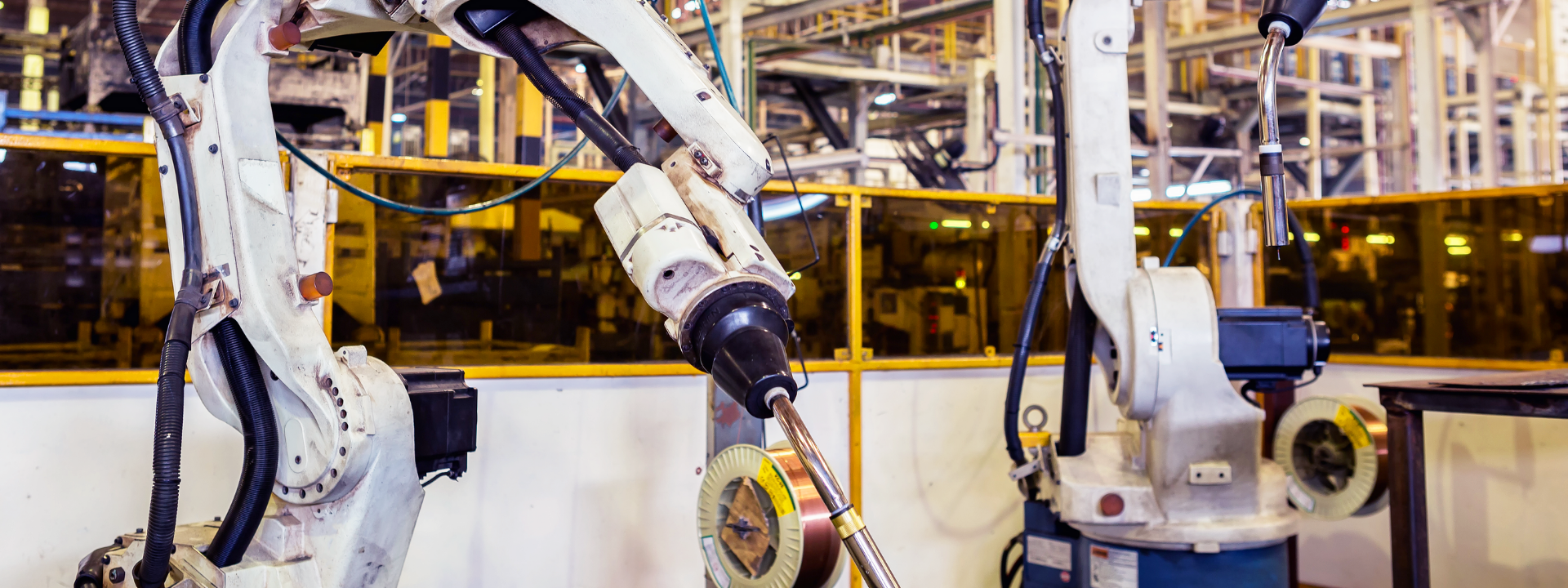Understanding Compliance Requirements for Industrial Robots
Industrial robots are perhaps the most common type of robot, due to their long history of use and relative simplicity compared to other robot types. Invented in the late 1930s and introduced to the marketplace in the 1960s, close to three million robots have been deployed throughout the world.
While they’re mainly used for repetitive tasks in factories and largely lack the more sophisticated computational features of some other robots, they continue to be in high demand as companies automate their production processes.
Because of their long presence in the workplace, industrial robots have well-defined safety standards and testing protocol. However, advances in technology mean that they now have other features beyond the basic definitions, so it is important that these robots comply with any additional end-product standards for electrical, mechanical and functional safety. This is why it is important for manufacturers to understand the compliance requirements for industrial robots.
Download our whitepaper to gain a deeper understanding of the relevant standards and regulations.
While they’re mainly used for repetitive tasks in factories and largely lack the more sophisticated computational features of some other robots, they continue to be in high demand as companies automate their production processes.
Because of their long presence in the workplace, industrial robots have well-defined safety standards and testing protocol. However, advances in technology mean that they now have other features beyond the basic definitions, so it is important that these robots comply with any additional end-product standards for electrical, mechanical and functional safety. This is why it is important for manufacturers to understand the compliance requirements for industrial robots.
Download our whitepaper to gain a deeper understanding of the relevant standards and regulations.
Main Global Standards for Industrial Robots
USA – UL 1740; ANSI/RIA R15.06 Part 1
Canada – UL 1740; CAN/CSA Z434 Part 1
EU – EN/ISO 10218-1
Japan – JIS B8433-1
USA – UL 1740; ANSI/RIA R15.06 Part 1
Canada – UL 1740; CAN/CSA Z434 Part 1
EU – EN/ISO 10218-1
Japan – JIS B8433-1


